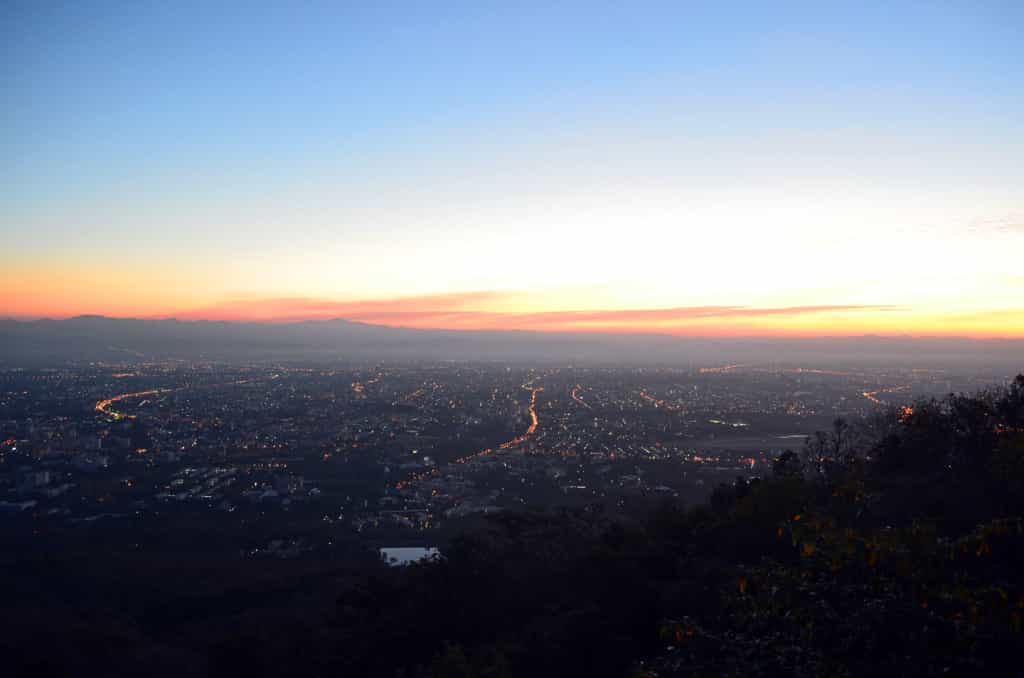As a general rule, there is no greater advantage when visiting a foreign country than having the benefit of a local guide. Since 2012, I have met many people around the world whom I then saw again in their home city. That gave me the benefit of visiting Oslo, Stockholm, Vienna, Munich, Sofia, Brasov, Prague, Freiburg, Potsdam, Berlin, the Estonian countryside, Riga, Tel-Aviv, Melbourne, Singapore, Guangzhou and even East Timor (ok, an expat) with local residents, or at least having a beer with them (or 24 beers, each, in the case of Vienna). Unsurprisingly, these places are mostly rich, by international standards, and one certainly meets more German than Thai tourists while travelling the world. But at Malaysia’s Cameron Highlands, I went on a sunrise mountain tour with a Thai tourist – and three Germans, of course. Now that I think of it, I just realized I have never been to a German city where I didn’t know someone!
Educated at a top university in the United States, my new Thai friend vacationed in Norway last summer. Not the stereotypical Thai woman. We discussed the US Republican Primaries instead of having the normal conversation: “Canada cold? Yes, very cold”. Although she was working during the week, we got some lunch at Terminal 21, an air travel themed shopping mall. “Japanese OK? Sure”. As I mentioned in a few of my recent stories, Japan seems to exercise a certain fascination in South-East Asia, and perhaps Thailand in particular. However, Mone lived for about 10 years in Japan and goes back several times a year, so in her case, it might be nostalgia. Anyway, I will go off on a big tangent here.
At a restaurant famous for the tonkatsu (fried pork cutlet), I discovered this recipe involving a spicy curry I had never had before. I think it is called Katsu-karē. In a blind test, I would have thought I was having Indian food. I read a bit about it afterwards and learned that curry is now ubiquitous in Japan. It wasn’t introduced by the Indians, obviously, but by the British, mainly the Royal Navy, starting in the late 19th century, when India was part of the British Empire. Amusingly, because of this origin, it seems that in the old days Japanese people considered curry to be Western food!
I’m happy to have tried it, but I was a little jealous of Mone’s “in-my-mind” more Japanese choice, tonkatsu with shredded cabbage.
Another Japanese restaurant, the kind you will find in any posh Thai mall.
Even McDonald’s, known for regionalizing its offerings, gives a Japanese (and a Thai) twist to its Thai menu!
This is the kind of mall I am talking about, Siam Paragon. A kind of mall we certainly don’t have in Canada. Of course there are BMW and Lamborghini dealerships in it, but if you would rather be dead than seen driving such common cars, don’t worry, the mall also has Rolls Royce and McLaren showrooms. And now I will go on a tangent within the tangent. Continue reading




















